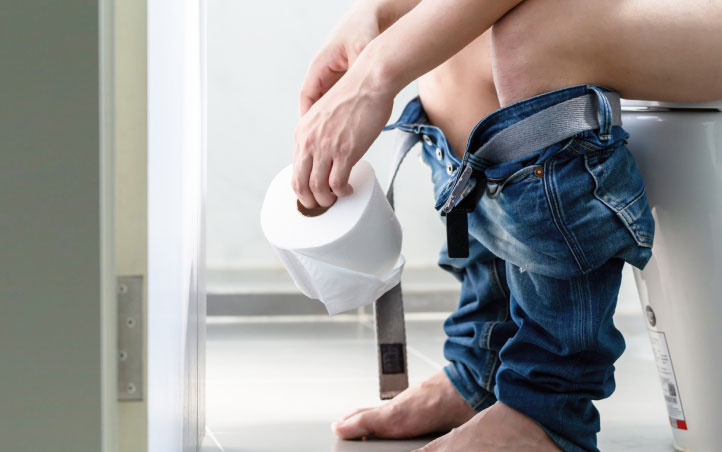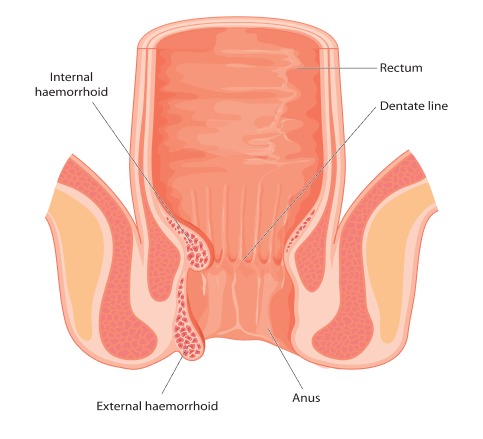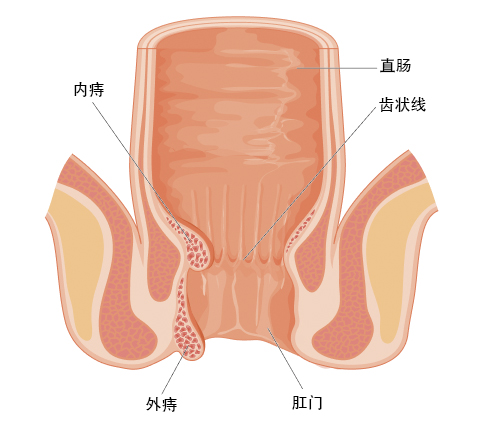
What Are Piles?
Piles, also known as haemorrhoids, refer to abnormally enlarged and swollen blood vessels in the anus and rectum.
Piles are rarely dangerous, but its symptoms can sometimes be uncomfortable or even alarming (such as when people notice blood during bowel movements).
Who Are At Risk?
Piles are very common. It can occur in all age groups both young and older adults. It can occur in those who often spend a long time in the toilet while opening their bowel, and also those who strain a lot to pass motion. It is also common in pregnant women due to the pressure of the enlarged fetus, the delivery process where there is quite a bit of straining during the labour process, and also at higher risk of constipation due to requirement of taking supplements such as iron tablets.
People who lead a sedentary lifestyle or those who do not drink adequate water or consume vegetables and fruits are also at an increased risk of developing piles. In addition, patients who engage in exercises that require straining, for example resistance weight training with squats or deadlifts, also may have a higher risk of piles occurring.

What to Look Out For?
Depending on the type of piles one has, symptoms may vary. However, they generally include:
- Pain and itching around the anus
- Blood during bowel movements
- A sensation of a lump in and around the anus
- Mucus discharge
Seek medical attention to determine if your symptoms are caused by piles, or something else. A colorectal specialist will be able to diagnose piles quickly and accurately.
Types of Piles
Piles can be broadly classified into 3 types:
Internal Piles:
These develop inside the rectum, and can be further divided into four grades of severity.
- First-degree piles remain in the anal canal during bowel movements
- Second-degree piles protrude from the anus during bowel movements, but retracts on its own afterwards
- Third-degree piles protrude from the anus during bowel movements, and must be pushed back into the anus with a finger
- Fourth-degree piles protrude permanently outside the anus and cannot be pushed back into the anus
External Piles:
These develop around the anus, under the skin. They are more obvious and typically present as hard lumps.
Thrombosed Piles:
A complication of piles, this happens when a blood clot starts to form within an external haemorrhoid. Intense pain, itching and bleeding are common symptoms of thrombosed piles.
Seek treatment if your symptoms stretch more than a week; so as to obtain relief sooner and prevent complications. Contact us today.

